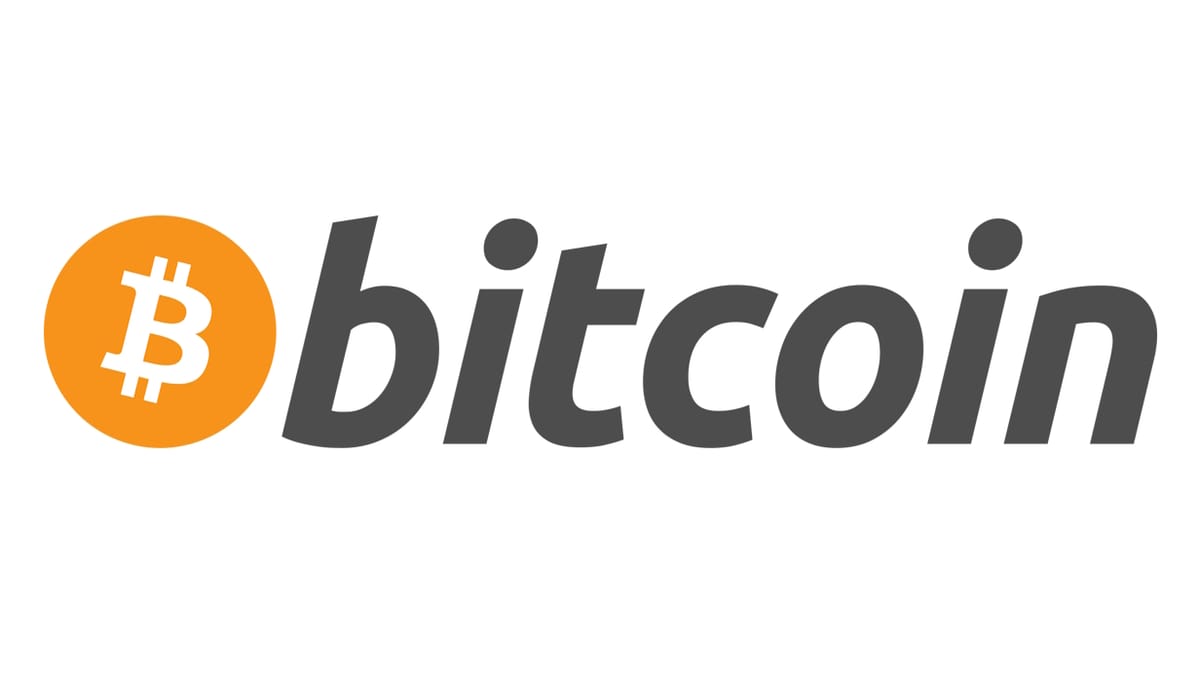Why We Chose Bitcoin to Build Our Sovereign ZK-Rollup

Why build a Layer 2 on Bitcoin? Why not Ethereum?
Bitcoin wasn't just the first successful implementation of real decentralized money. It was the start of a new monetary paradigm.
Over the past decade, we have seen numerous projects/chains pitching themselves as a superior version of Bitcoin. All of these are now either dead, failing to gain traction, or underperforming in terms of price against Bitcoin.
Bitcoin's immutability and credibility come from the fact that its origin was transparent, fair, and uncorrupted. No premine, venture capital, or foundation.
You cannot replicate the Big Bang.
Every subsequent project exists within the gravitational field it created. Either react to it, attempt to extend its reach, or build on top of it.
With uninterrupted 0-downtime operation and a market capitalization exceeding $1 trillion, Bitcoin's security is unmatched, its brand is globally iconic, and its role as digital gold is more entrenched than ever.
Yet there's a paradox. The world's most superior asset and most secure decentralized network is underutilized.
Bitcoin wasn't built for complex applications or high-volume transactions. This 'programmability' is constrained by the limited throughput & weak smart contract capabilities, which are often viewed by many as a shortcoming or dealbreaker. Some even believe that it could threaten Bitcoin's relevance.
While many often point to Bitcoin's technical limitations, stability constraints, lack of programmability, and slow development cycles. The world's most secure and valuable blockchain processes fewer transactions per second than its more experimental alternative, Ethereum.
The lack of programmability isn't just another shortcoming for many, but often a deal-breaker, as it threatens Bitcoin's chance to evolve from digital gold to the base layer of global, decentralized finance.
Yet, Bitcoin's fair and transparent creation cannot be recreated, just like the unrepeatable event of the Big Bang. Every subsequent project exists within the gravitational field it created. Either build around it, react to it, or attempt to extend its reach.
Every altcoin must justify its existence, given that Bitcoin has already solved digital scarcity, value transfer, and decentralization. Every Layer 1 chain must explain why users should trust new mechanisms when Bitcoin's proof-of-work has never been successfully attacked.
Every blockchain must compete for the same developers, users, and capital that Bitcoin first attracted. Even Ethereum, for all its innovation, is constantly measured against Bitcoin's security, monetary policy, and decentralization.
Everything revolves around the concepts that Bitcoin established: decentralization, immutability, trustlessness, and sound money.
Projects either complement Bitcoin, such as the Lightning Network, or compete against it, like Ethereum, or attempt to extend its reach or capabilities, as seen in sidechains like Tether Plasma or Layer 2 solutions such as Via, BitVM, or Babylon.
Modern financial applications demand throughput in the hundreds with sub-second finality. This performance gap has forced many into a false dichotomy between Bitcoin's security and Ethereum's expressive programmability.
As many Bitcoin holders seek DeFi functionality, they are often forced to use WBTC on Ethereum Layer 2s.
A fundamental compromise that forces users to trust Ethereum's security model, monetary policy, and governance structure rather than Bitcoin's proof-of-work security model, fixed supply, and monetary policy.
Bitcoin’s proof-of-work security model is grounded in objective physical reality. Bitcoin is secured by real energy expenditure and computational difficulty, rather than subjective or socially enforced (governance votes, trusted intermediaries, or validator coordination)
So, in contrast to other Layer 1 chains, where finality can be reversed, delayed, or debated, often at the whim of validators, boards, or bribed insiders.
Bitcoin’s finality is thermodynamically enforced by the laws of physics, not by human agreement.
Ethereum fundamentally changed its token economics by abandoning its fixed supply with a dynamic supply system marketed as "ultra around money".
This system relies on on-chain activity to burn ETH. Ethereum now uses a Proof-of-Stake model to secure its network. In this system, validators stake ETH to earn rewards from both new issuance and transaction fees.
In an extreme scenario, Layer 2s continue to siphon too much transaction volume, weakening ETH's deflationary pressure, which erodes staking yields and validator incentives, creating a risk of triggering a downward spiral of exits.
On the other hand, Bitcoin has a fixed issuance schedule. Bitcoin's Proof-of-Work secures the network through the energy and hardware costs of miners, thereby insulating its security from tokenomic feedback loops.
Bitcoin is a better choice as a baselayer for Via due to its fewer unpredictable variables, lower risks, and questionable future compared to Ethereum or other layer 1s.
By anchoring our rollup's state root into Bitcoin, Via inherits Bitcoin's finality guarantees and Proof-of-Work security without bloating Bitcoin's UTXO set or incurring massive fees every batch.
Users who chose Bitcoin for its security, immutability & monetary properties shouldn't be forced to accept Ethereum's or other L1's different trade-offs to access modern financial functionality or programmability.
Perhaps the world doesn’t need another layer 1 pretending to be decentralized. Instead, focus on building on top of Bitcoin. Bitcoin doesn't need to be replaced.
That's where a Layer 2 comes in. Not just any Layer 2, but one that brings familiar tooling and developer-friendly infrastructure to Bitcoin, allowing builders to deploy their apps.
Regarding the tech of Via modular sovereign zk-rollup, it deserves several separate articles, which will be released.
Interest? Reach out to us through our official channels
🔗 Github: https://github.com/vianetwork
👥 Discord: https://discord.gg/ReS5cz8M6H
📚 Documentation: https://docs.onvia.org
⚙️ Via Core: https://github.com/vianetwork/via-core
🛠️ Via SDK: https://npmjs.com/package/@vianetwork/via-ethers
🌐 Website: https://buildonvia.org
𝕏 Twitter: https://x.com/buildonvia
🧭 Explorer: https://testnet.blockscout.onvia.org/
Current phase of the project: Phase 3 Alpha testnet
- Phase 4: Beta Testnet
- Phase 5 pre-launch
- Phase 6 Mainnet v1
- Phase 7 mainnet v2
